Daniel Joseph Chenin:
Weaving Architecture and Emotion into Timeless Space
Project Spotlight: Tombolo
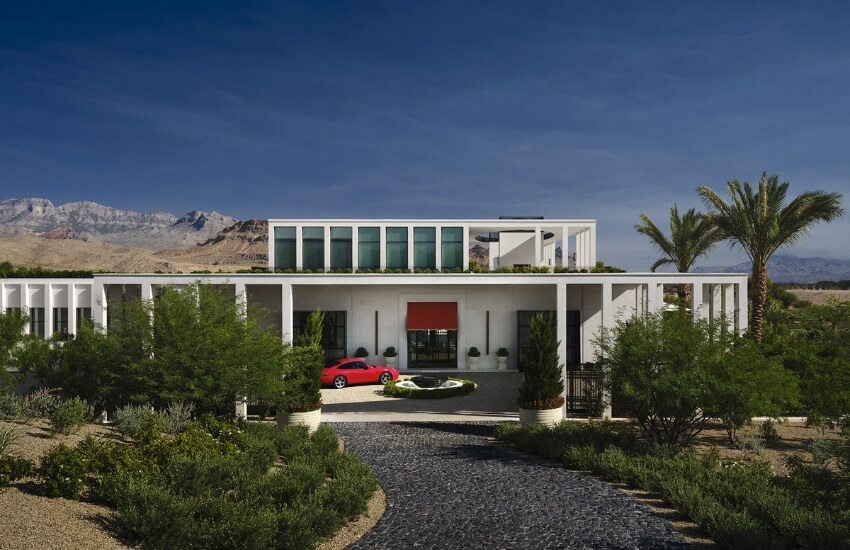
Perched atop a natural rise in the Nevada desert, Tombolo by Daniel Joseph Chenin, Ltd. unites landscape, architecture, and interiors in one seamless composition. Its name, a geographical term for a landform that connects two separate entities, captures the project’s essence: a bridge between exposure and shelter, light and mass, permanence and transformation.
Within its bold geometry and rhythmic colonnades, Tombolo harmonizes precision with warmth. The interiors unfold as a tactile narrative of materiality and proportion, balancing openness with intimacy. Every detail, from custom furnishings to handcrafted surfaces, contributes to a cohesive experience that transcends visual beauty and becomes an architectural meditation on place, purpose, and emotion.
Interview with Daniel Joseph Chenin
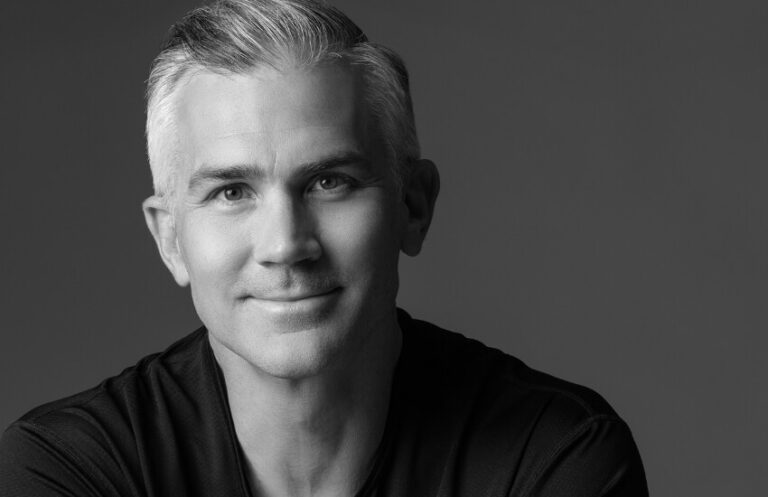
My entry into interior design was born from architecture. Early in my career, I realized that architecture and interiors shouldn’t exist as separate disciplines but as interconnected layers of a single story. My background allows me to approach projects holistically, blurring boundaries between the building, the landscape, and the interior. This approach ensures that every decision resonates emotionally, functions seamlessly, and contributes to a unified narrative.
2. What was the vision behind Tombolo, and how did the client’s brief shape your approach?
The brief asked for more than a home. It called for a sanctuary. The client wanted a space that reflected individuality while embracing its natural desert context. This balance between openness and retreat became the driving force of the design. Light, material, and proportion were orchestrated to create an immersive experience, spaces that encourage both connection and reflection.
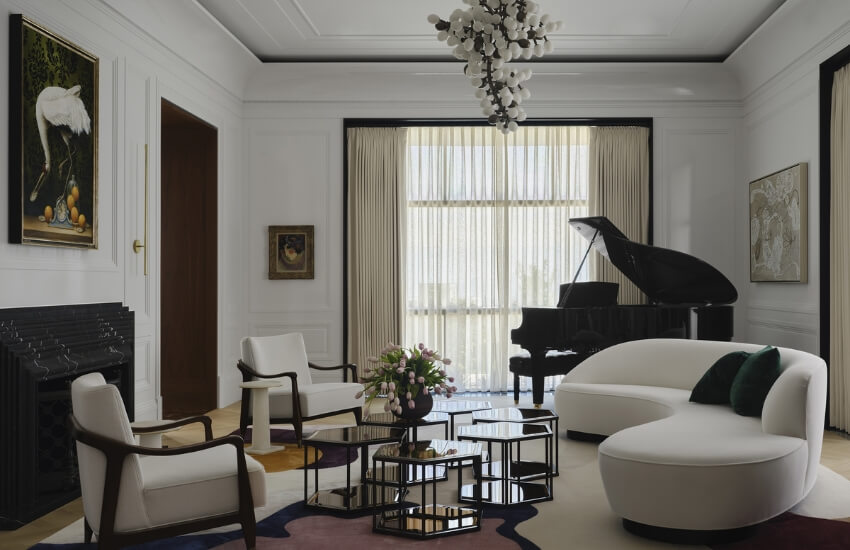
We’re most proud of achieving harmony between restraint and boldness. Every element, including custom furniture, site-sourced materials, and curated art, was integrated into the architecture rather than added afterward. The greatest challenge lay in aligning structural precision with tactile richness. Every millimeter mattered. The dialogue between form and finish demanded both technical rigor and artistic intuition, resulting in a layered interior that feels timeless and effortless.
4. Tombolo carries a strong narrative quality. How do you describe your design philosophy and the principles that drive it?
Our philosophy is rooted in storytelling through space. Every project begins with a narrative that unfolds through sequence, light, and material. We design with authenticity, timelessness, and emotional resonance in mind, crafting environments that go beyond trend to become vessels for memory, meaning, and experience.
5. How do you balance the enduring with the contemporary, and how does sustainability inform your practice?
Timelessness, for me, means relevance across generations. It’s grounded in proportion, craftsmanship, and honesty of materials. We weave in contemporary elements selectively, reflecting how our clients live today. Sustainability is inseparable from that ethos. It’s about designing for longevity, sourcing locally, and integrating passive systems and energy-efficient technologies. The result is work that endures physically, emotionally, and environmentally.
6. Every client brings a distinct perspective. How do you merge their individuality with your creative voice?
Each project begins with listening, truly understanding not just what clients say they want, but what they need to feel fulfilled in their space. Our process stays constant: storytelling, proportion, and material authenticity. When we translate their aspirations through that lens, the result is something deeply personal yet conceptually coherent. It’s their story, told through our language of design.
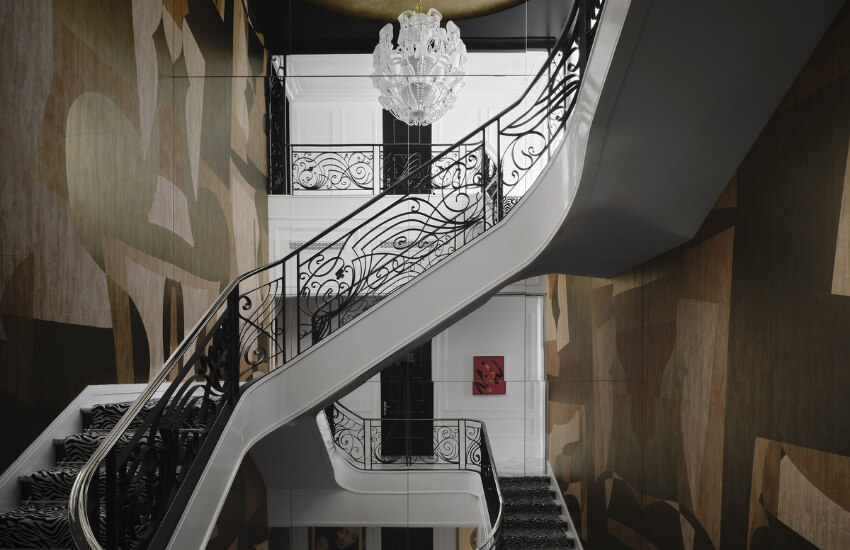
It’s a profound honor. This recognition affirms our belief that design transcends aesthetics and shapes experience. Personally, it’s a moment of gratitude, to our clients for their trust, to our team for their commitment, and to peers who continue to elevate the conversation around design. Professionally, it strengthens our resolve to keep pushing boundaries and redefining what interiors can achieve.
8. The future of design is rapidly evolving. What gives you optimism about where interior design is heading?
What excites me most is the growing recognition that interiors are not just about beauty, they’re about human well-being. Spaces affect how we think, feel, and connect. For emerging designers, my advice is to cultivate curiosity beyond design. Study art, science, culture, and history. Learn to listen. Tools and technologies will change, but the human story remains constant. The future belongs to those who design with empathy, intellect, and imagination.
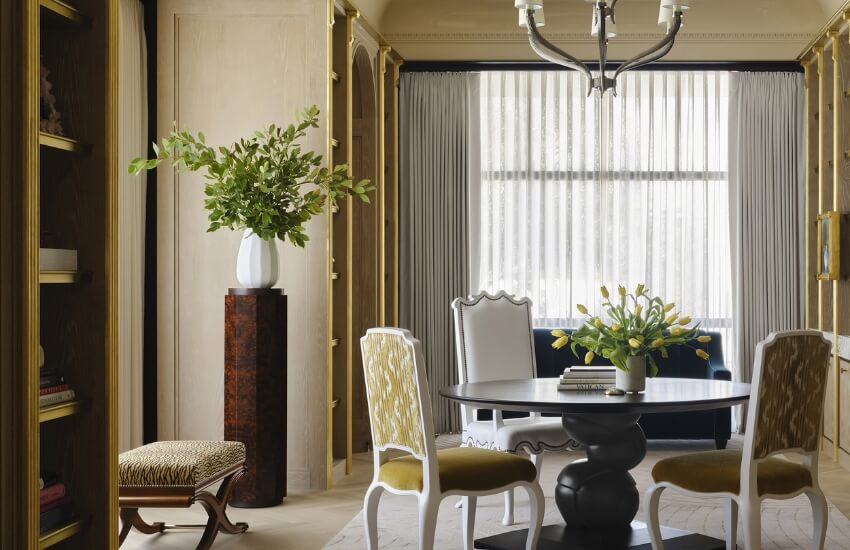
Design as Narrative: The Lasting Impact of Tombolo
In Tombolo, Daniel Joseph Chenin demonstrates how architecture, landscape, and interior design can converge into a single, seamless story. The project’s refined geometry, layered textures, and emotive balance of openness and shelter reveal Chenin’s mastery of restraint and depth. Recognized by the INT Interior Design Awards, this residence stands as both an architectural landmark and a meditation on timeless design, one where form, material, and memory are beautifully intertwined.
Check out other inspiring projects:
INT Interior Design Awards Winners
Interviews:
Past INT Winners
Daniel Joseph Chenin:
Official Website
